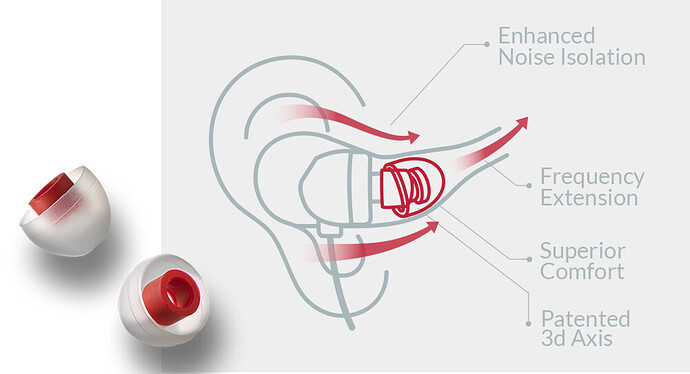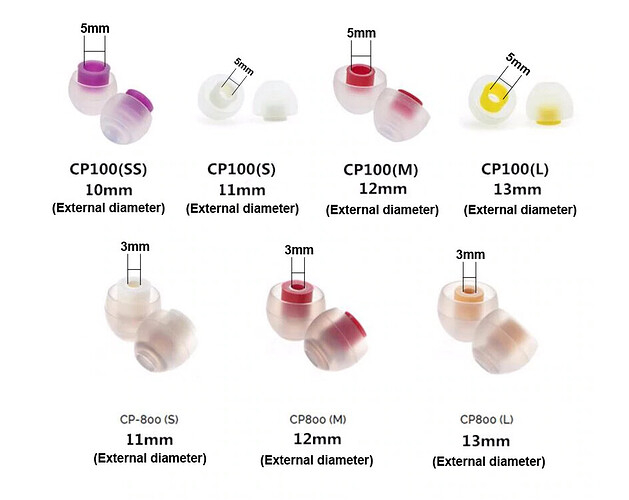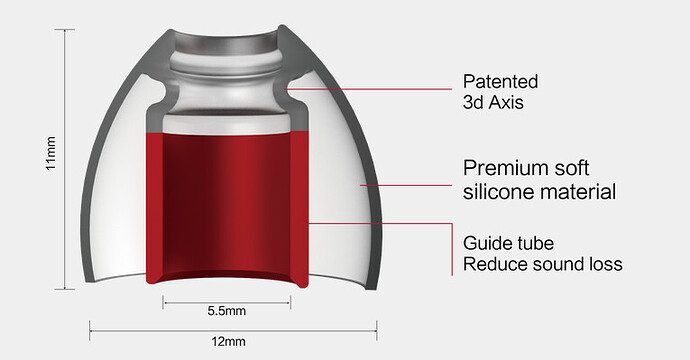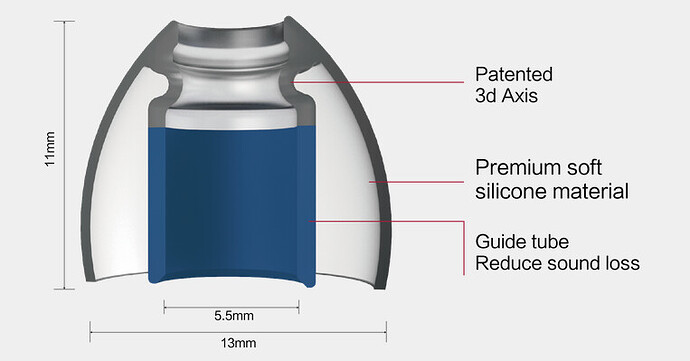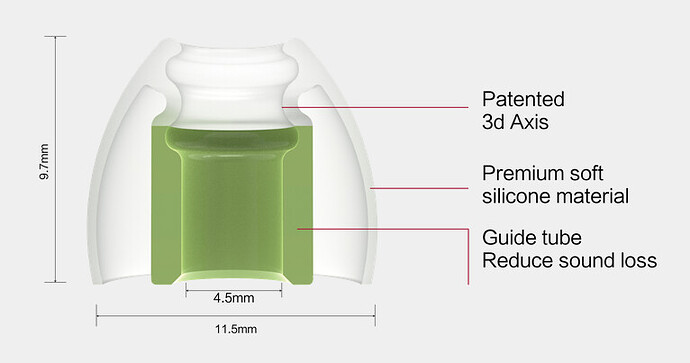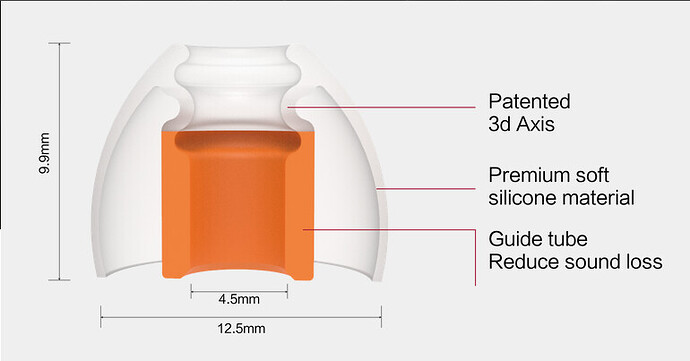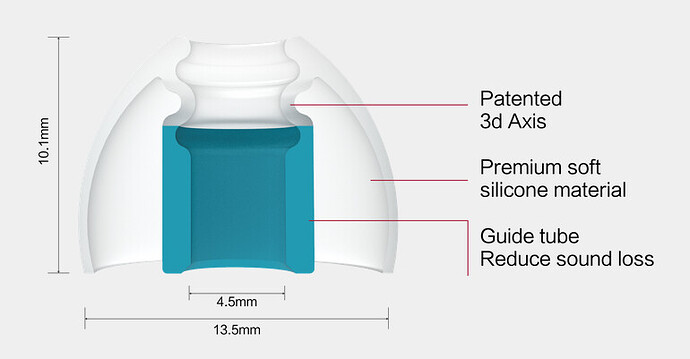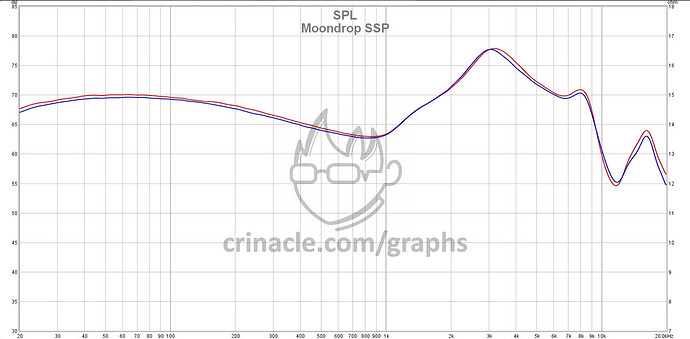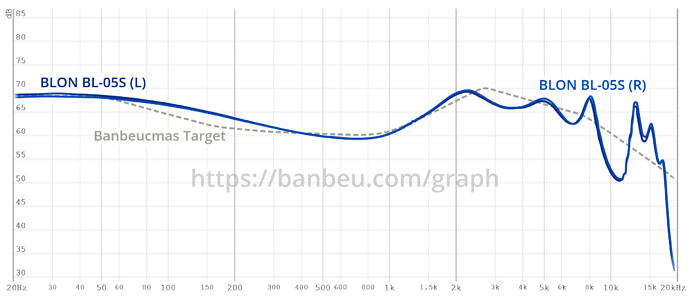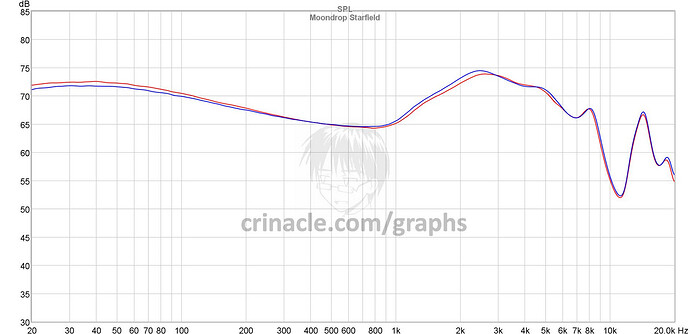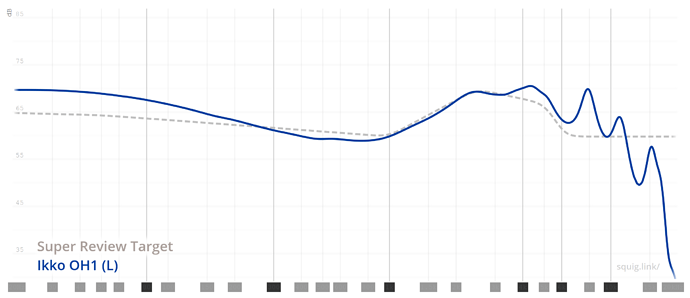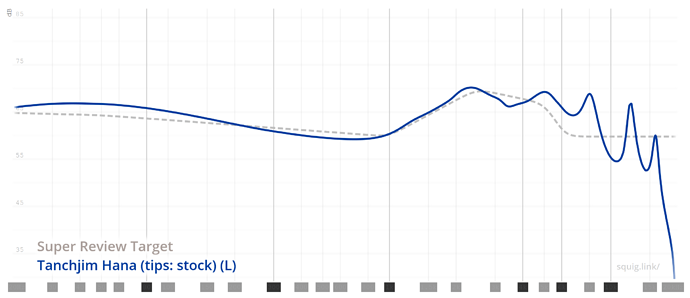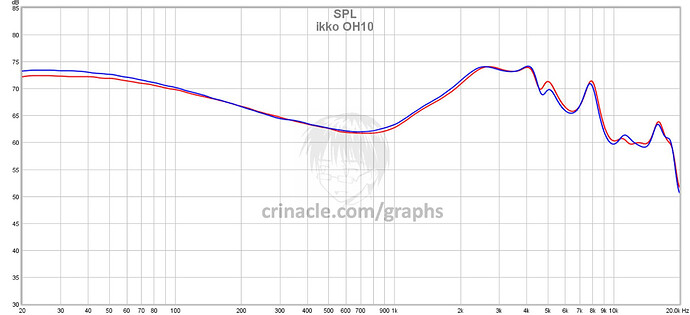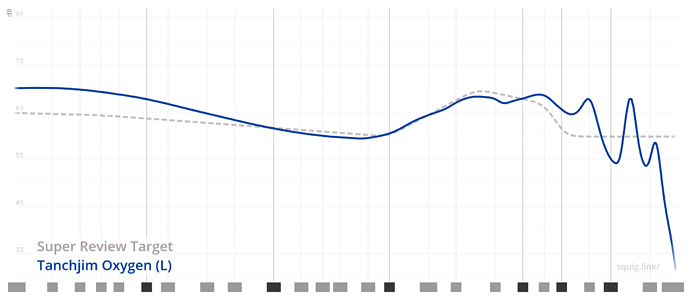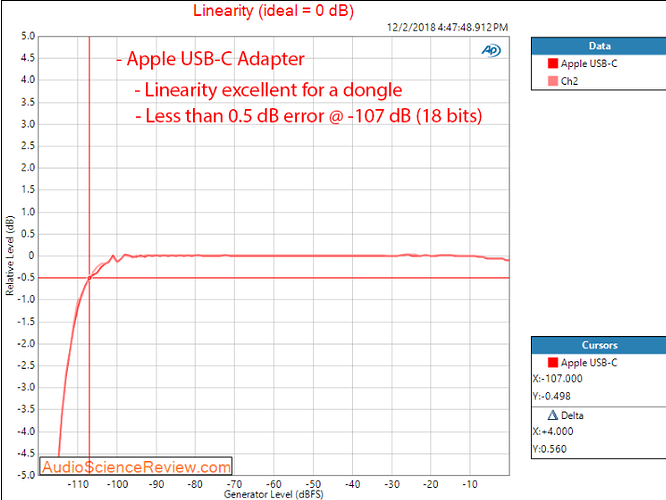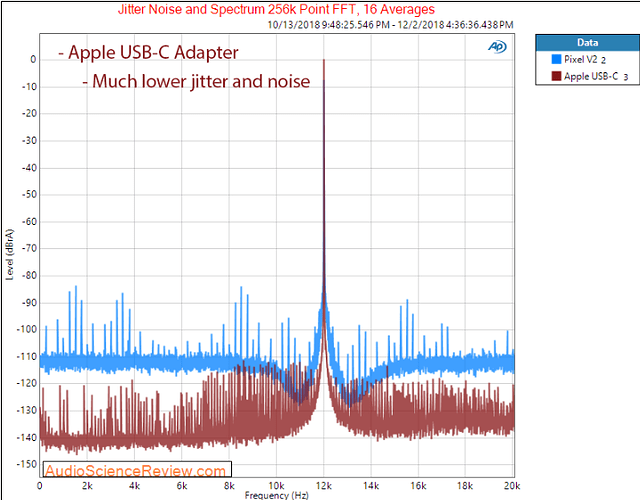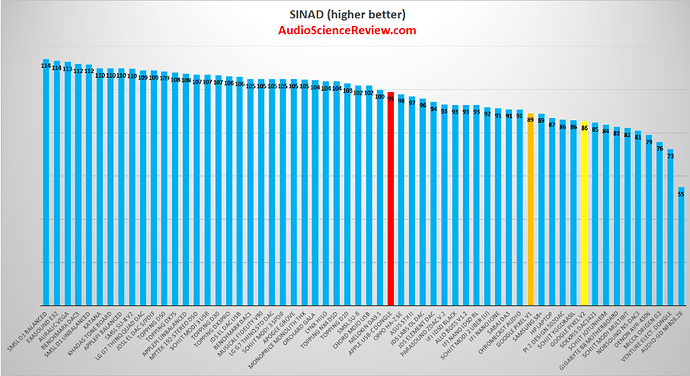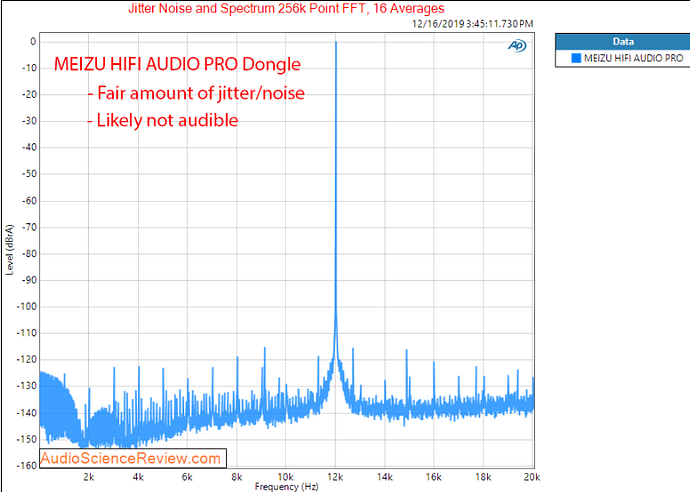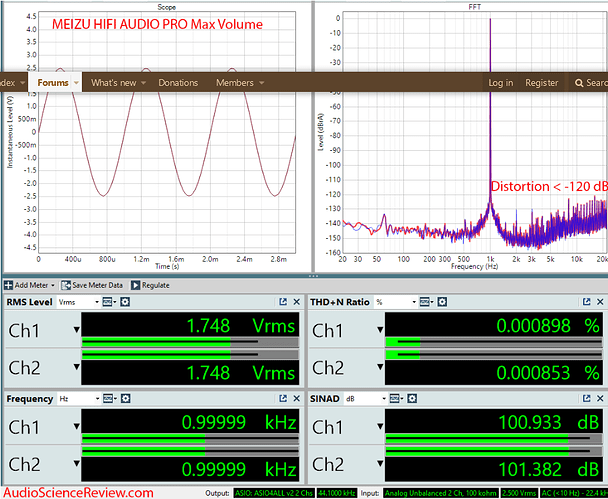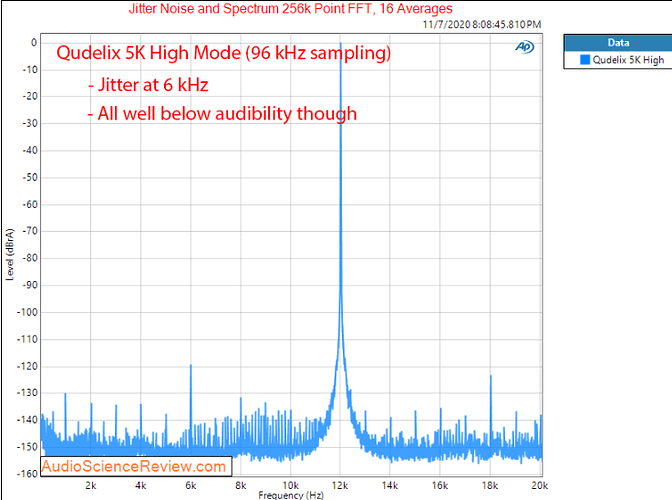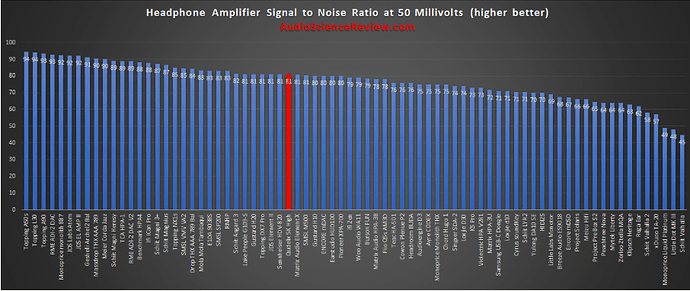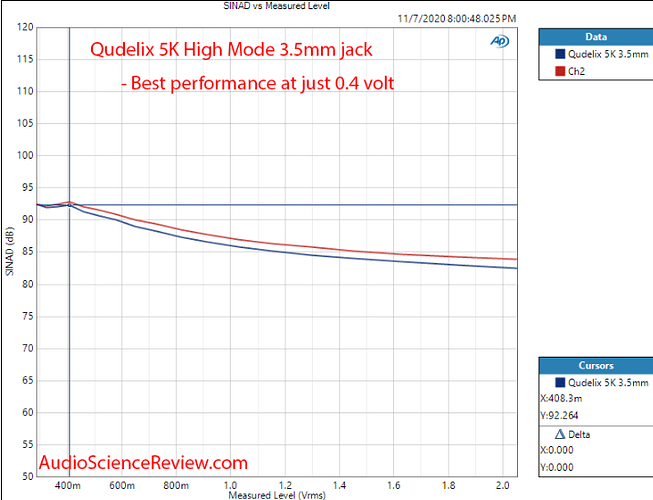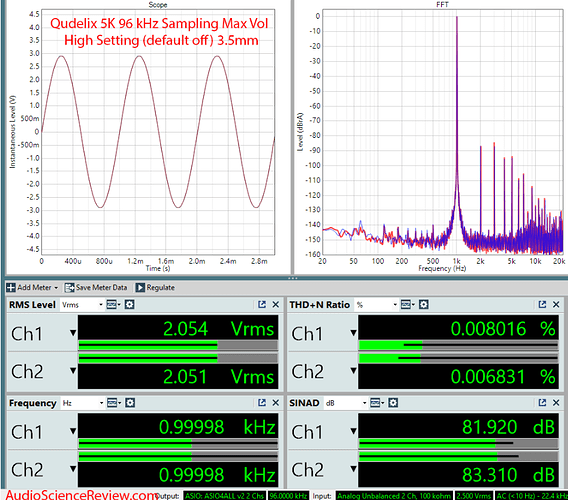Hey everyone, I’ve made one of these in the past but since then, I’ve heard a lot more iems and I will add some dac amps. A lot of friends and people asking me for recommendations, so I will just make this and link this to them, so hopefully this will be able to help a lot of people with making their decision.
Why IEMS? Simple, Iems are better than any headset out there, even expensive headsets simply can not compare with an iem for a similar price, Comfort is very good with aftermarket ear tips which I will talk about later down.
~
First up is THE most important thing, comfort and for iems that’s tips and the shape of the IEM, I will talk about each particular IEM size and shape later on, in their own review but for tips I will recommend a few that I’ve tried and liked.
~
~Ear tips
DUNU Spinfit
First up are the classics, Spinfits (2019 version)
The 2019 version is an improvement over its previous version I have tried both and the main differences are in the silicone they use and the patented mechanism they use, very similar but different in some ways.
The bore’s walls are now a bit thicker which changed the soundstage from its previous model, the silicone they used is more flexible and soft, something that I greatly appreciated.
Generally Spinfits have both pros and cons, mainly the comfort is much better than any other stock eartip. Because of its patented ergonomic concave design that allows the ear tip to swivel, making it flexible to bend and twist to the contour of a person’s ear canal.
Now when it comes to sound, spinfits have a great impact in the lower frequencies and in the treble area too, provides a clearer sound all around with deeper and tighter bass and cleaner highs. The main difference is in the lower frequencies, where you can easily hear the boost. When it comes to soundstage because of the thicker bore soundstage feels more narrow for sure not a big difference, but it’s still there.
~
Sizing
~
CP 155 S
CP 155 M
CP155L
CP145S
CP 145 M
CP 145 L
Remember to check your IEM bore size too, it can be stretched to fit bigger bores but not smaller ones.
AZLA SednaEarfit XELASTEC
Next up are the AZLA SednaEarfit, a bit of a long name, but these use a very different material from classic silicone tips. These eartips use XELASTEC which changes softly by body heat after a few minutes to fit the various shape of the ear canal without any stress. SednaEarfit XELASTEC eartip absorbs body heat energy and getting more elastic property, so it can fit better to the ear and gives perfect seal. That can sound like a bunch of bs, but after buying every single size, I can tell you it’s not. The trick with these tips is that you need the correct size if you don’t they will not fit well but once you do these fit you like a glove. I have these on my Moondrop Blessing 2 : Dusk and I prefer them over the spinfits because they fit the big bore size better. In terms of how these change the sound, they do make the bass stronger, though unlike the spinfits they don’t mess with the treble frequencies as much. Mids don’t change and highs get a slight boost, soundstage remains wide and deep, no complaints at all.
~
Sizing
~

I’d recommend you to get the 3 pair, so you can find the correct fit.
Azla SednaEarfit Silicone
These are very soft silicone eartips, nothing special, just good soft tips. I have used these on like my Moondrop SSP, and they worked very well to fill my ear and I could wear them for hours easily. Not gonna talk a lot about them but they are a good choice highly recommended since they don’t mess with the sound a lot, slight boost in the treble area more tight bass and the soundstage is wider compared to the Spinfits.
~
Sizing
~
![]()
TANCHJIM T-APB
Last but not least, the latest ones from tanchjim. The T-APB stands for air pressure balance, which basically these will help a lot with BA only iems since you have all the pressure build up in your ear since the iems don’t have any holes to medicate for that. These are extremely comfortable I tried them with many iems, and they all worked perfectly with all of them, it just feels like you have nothing in your ear since there’s no pressure build up it honestly feels so much better. They use silica gel fine lines to help form to your specific ear, and it honestly feels like it, nowhere near the amount of form like the AZLA XELASTEC, but I’m still very impressed with how comfy these felt. When it comes to sound I will post a small graph down, so you can see it for yourself, but basically there are two versions of the tips and when you buy one it comes in a set, so you can try both and see which one you prefer the T300B has more bass less soundstage because of its narrow bore and increases the mids but lowers the highs. The T300T has more treble it’s the first thing you will notice vocals sound closer bass and mids get pulled back a tiny bit, but also soundstage is bigger.
Sound graph thingy.

~
Sizing
~

Now to the IEMS, ill start with IEMS under or close to 50USD and slowly move up in price to 200-$250.
IEMS
What am I looking for when listening for “Gaming” IEMS, well mostly soundstage and imaging, how crispy are footsteps and how lively the whole game sounds. All iems have been tested in CSGO/R6/Valorant/EFT/Insurgency: Sandstorm/Star Wars Jedi: Fallen Order.
Moondrop SSP
First up the moondrop SSP right at around 40-45USD.
The SSP has a single BeryIIium-coated dome diaphragm dynamic driver encased in the same tiny amorphous metal alloy housing as the SSR.
I’m not gonna focus on the Packaging and Accessories as much, but it comes with a small carrying pouch that’s way too small for actual practical use and some eartips that are way too hard and a very meh cable, its usable just nothing special. The shell is made really well, overall these iems are like tanks for 40USD made out of strong metal and minimal that can fit even the smallest ears very well making the seal wonderful. At the time of writing, the SSP is only available in a dark navy blue color with a matte finish. The face plates are an L or arrowhead shape and sport a gold-coloured hex screw that contrasts beautifully with the deep blue color of the shells.
One of the first things I noticed about the Moondrop SSP is that it’s quite power-hungry. Although it can be driven straight from a smartphone, I highly recommend using a DAP or some form of amplification to get the most from it. The bass is rich, hard-hitting and is one that’s very physical in terms of impact. You can feel the SSP vibrating with bass in your ears at any given chance. That’s not to say this is a bass head IEM per se. It isn’t. In fact, although the bass is boosted, it still sits slightly behind the upper midrange in the mix. The midrange is still fairly neutral, especially in the lower bands. Male vocals sound uncolored and articulate with just the right amount of body for naturalness. In addition to the lift in the bass, the SSP’s upper midrange has been slightly attenuated which reduces some glare and produces a more natural albeit for some a less exciting sound. The transition is fairly smooth from the upper midrange all the way through to 8kHz before it starts to steadily roll-off. This puts most of the focus firmly in the lower treble which has sufficient drive but at the same time leaves the upper treble feeling slightly compressed. Nevertheless, the level of detail is still very good overall. The SSP’s soundstage dimensions are modest but still reasonably spacious. Stage positioning is somewhat forward, but there’s a good sense of depth behind and to the sides of the center image. The control of the bass and the neutral weight of the midrange improves instrument separation and avoids congestion. Overall for just under $50 this IEM is amazing for music and gaming with a wonderful soundstage and imaging, I was impressed with how spacious it felt comparing it to the Blon bl-03/05 and T2 pros.
BLON BL-05s
The blon bl05s are around USD$45.
The bass is no longer as pronounced as with the BL03 and BL05. BLON BL05S goes in the other direction with a slimmer bass reproduction. The middle bass is pretty well tuned and doesn’t bleed into the lower mids or clog the upper bass. the beginning of the sub-bass range (~ 60 Hz), but the sub-bass begins to drop around 40 Hz and at 30 Hz it is only faintly heard. Bass noise is missing. The bass is pretty structured, although not the most structured in the price range. Typically DD, but that’s partly due to the muffled subwoofers and muffled mids. The transition of bass tones in fast flowing bass sections is sufficient, not as precise as with some BA drivers or dynamic driver setups with stiffer diaphragms (e.g. DLC / beryllium). the hits were good, but not as authoritative or satisfying as I like them.Overall good bass response, but not great. The BLON BL03 made the middle range its bread and butter. Then the BL05 made the midrange the biggest topic of conversation. BLON BL05S tries to address the problems of the BL05 rather than refining the warm nature of the BL03. , but pretty minimal compared to the BL03. The deep mids are not thin or full, but rather border on neutrals in terms of note weight. Tip and fit can easily change this perception and doesn’t sound as grainy as the older BL05, although it has a similar boost. BL03 avoided this largely because of the bass that would partially cover the upper mids. Resolved details in the mid frequencies is above average, especially for a single-DD setup. Midrange timbre was not the most natural truth be told, there is some coloration which I like to call “upper-mid shine”. Everything has a tinge of brightness added due to the upper-mid boost, but it’s something you get used to quickly and not detrimental or destructive to my ears.he BLON BL-05S doesn’t try to mess with the treble too much. It’s a safe-ish tuning with no extra peak between 4 — 10KHz. The upper frequencies are dipped post 4Khz but not rolled-off which helps the treble maintain its presence throughout without being a pain-point. It peaks around 12/13KHz to add some air into the mix and then drops off.I really can’t complain much about the treble here, even more so when I look at the price tag. Separation of notes isn’t the strongest in the treble area but this is a common theme across all single-DD IEMs in the price bracket so it’s mostly an expected weakness.
Moondrop Aria
The moondrop arias are about $80.
Low end is emphasised. It has very good extension and a full-bodied presentation. Subbass reaches deep and generates a meaty rumble. On occasions it can become slightly wooly or loose as the decay is slightly longer, but that doesn’t make it muddy, just adds character.Textures are produced quite well. Subbass has that added physicality to its notes, which guarantees a pleasant experience.
Mid bass has a very satisfactory thump to it. The attack is solid, notes have very good body and texture similar to subbass. Bass guitars and drums sound very satisfactorily full bodied. Although the full bodied notes may compromise the textures and details very slightly, to my ears it wasn’t that big a tread off. Overall, the bass was quite pleasing.Owing to its v-shaped signature, the mids are recessed. However, they are not thin or lost behind bass and highs. Mids are quite clean and crisp. The tonality leans towards the colder side of neutral.Lowe mids are slightly more recessed than upper mids. Notes are slightly on the leaner side, but not unnatural. Male vocals sound clean, but lack the engaging factor slightly. Instruments sound crisp and clear. Snare drum, Cello, and violin notes are clearly defined, and do not sound washed out.Upper mids have rather more emphasis and energy. The leanness of the notes continue here, with some added sharpness which enhances the perception of details at the cost of slight listening comfort. Female vocals do benefit here - they sound brilliant and silky. Electric guitars, although sound clean with good note definition, may exhibit slight harshness depending on tracks.Overall, the mids here have good clarity, transparency, and air. However, the engaging musical factor is slightly compromised. There is an improvement in treble as well which makes it more detailed and technical in reproduction. Lower treble has improved due to which there is a sense of airy and wide feel in the instruments. The improved nuances in treble actually helps uplift the texture and more details in the song. Higher treble range remains almost identical to the other Moondrop IEMs lending it a smoother response overall and there is no presence of sibilance making it more soothing. The major downside to this is that the treble is not as sparkly as we would have liked. As we see the improvement in the treble due to this there is a huge improvement in the placement of the staging. The instruments come alive and sound wide and open as the overall placement is very airy. Separation is on point and we were actually surprised by the overall LEFT and RIGHT positioning of the overall stage. Width of the sound is grand and height is produced amazingly. As mentioned above as well the sparkle is what making the deal come off had it been better the imaging would have been a solid 5 star from our side. It is because of the improvement happened in the lower treble and higher midrange, the sound becomes more airy and huge. The soundstage is wide and the instruments sound as of coming from back. The imaging actually many times fools the perception of soundstage as in some tracks the soundstage appears to be very wide and in some it feels narrow, but there is a good amount of space felt. The lack in lower mids sometime affects the soundstage which is apparent in some of the tracks.
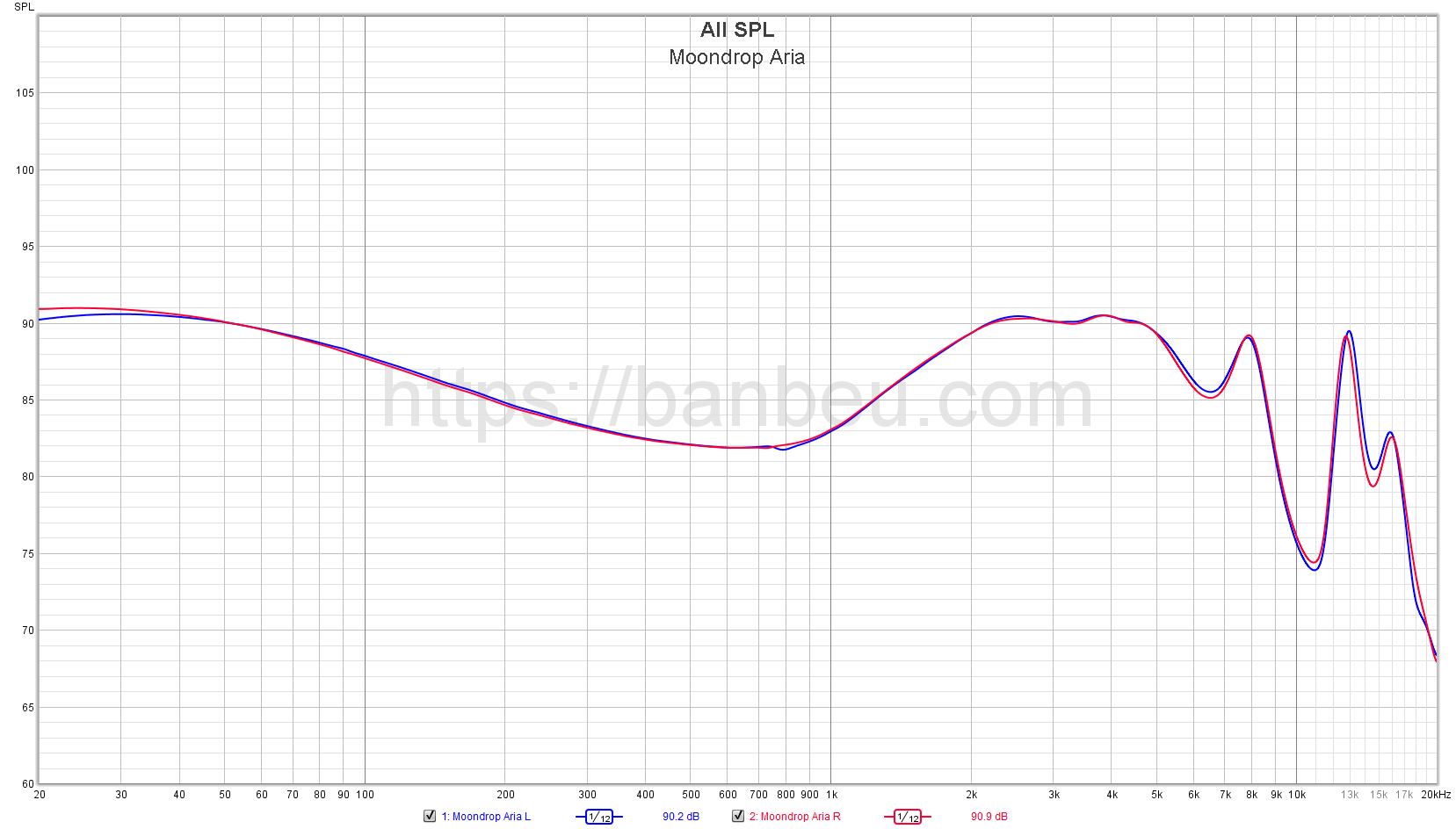
Moondrop Starfield
The Moondrop Starfields come at 100USD
A very popular iem that i didnt think would work very well for gaming but i was mistaken. The Moondrop Starfield is a universal monitor that uses a carbon nanotube diaphragm 10mm dual cavity dynamic driver. This iem comes Cable that comes with the box is a 3.5mm unbalanced cable. It’s a 2 pin (0.78) which is purple in color to complement the Starfields. The cable braiding is not the best one we’ve seen. It definitely gets the job done. The case is a semi-hard shelled round carrying case and it’s pretty small to be quite honest i find it hard to put them in, in a rush.his is without a doubt the densest and heavy small IEM I’ve ever used in this price tier. The Starfield is significantly heavier than the FiiO FH1s I have just bought.This feels like a literal solid chunk of aluminum and might be the new standard for build quality in a budget IEM for my foreseeable future. I simply have nothing else to compare this to that is nearly as solid feeling as these are. It is quite something to hold in my hand and another to wear them.This IEM has a smooth feeling on the low end, lacking a strong sense of dynamic and physical impact (strike and wince factor). The IEM is non-fatiguing for me after hours of usage and it doesn’t require much amplification to max out its low-end potential.The Starfield IEM is moderately forward in physical presentation, meaning it is not relaxed feeling, nor overly engaging in forwardness. I consider this the normal average for most IEM’s out there, most headphones really, in general terms. The experience is not what I would consider dense or hefty, it is again…moderate in tonality and physicality.For detail retrieval, I hear the best image clarity and detail representation in the Starfield’s lower midrange. In fact, I find this to be easily the best representation of lower midrange detail in any entry-level IEM so far. With that said, this is still recognizably an entry-level IEM, and its detail limitations show up in the treble. But I do think this is quite a bit better than what would be found in typical dynamic driver IEMs, even if it’s not quite on the level of multi-balanced armature driver IEMs that come in around $200. For soundstage and imaging, the Starfield takes is pretty good for its price. This does sound like more of a two dimensional image to me. Lateral definition is good and it has an appropriate amount of distance to it, however the center image is not as deep as i’d like it to be. This is especially evident once again in the lower midrange where I think the Starfield’s dynamic driver shines most brightly but for gaming these do an amazing job, playing EFT and R6 i could hear steps on wood or the enemy stepping downstairs fairy easily and i was impressed.
IKKO OH1
The Ikko oh1 comes at around 140$.
The highs are well tuned for an IEM of this price range. Lower treble spectrum is slightly more emphasized as compared to upper treble. There is good room for airiness and not any specific point of time treble gets piercing. It does not meant that it lack details, it is quite crisp at times and instruments like cymbals sounds very much distinctive such as in “Love Story by Taylor Swift”.There is a good presence of mids in ikko- OH1. The mids are clear and sound natural but bit recessed so that overall it sounds very musical. Both lower mids and upper mids are perfectly tuned, considering Male and Female vocals sounds just fantastic over it. Although I would say that the upper mids have bit more energy as compared to the lower ones.I enjoyed listening to “Céline Dion’s My Heart Will Go On (Live in Boston, 2008)” with good details in electric guitars, violins, flutes but specially the immersive vocals and a relaxing presentation. On the other had “There is a Kingdom-2011 Remaster by Nick Cave and The Bad Seeds” sound much engaging with fantastic vocals, drums and cymbals along with fine detailed strokes of piano in background.Lows are the area where OH-01 stand out a lot. It offers a powerful sub-bass with very good extension to it along with punchy mid-bass. The overall bass response is very clean, tight and controlled. There is no muddiness or bleeding to mid region and compliments to all major instruments like guitars, violins and pianos. It is quite fun and engaging listening to any kind of EDM , POP, HIP-HOP music over it. I enjoyed listening to complete album of “Bass Rani by Nucleya” on it, that rumble was so good and overall presentation was musical and engaging. The soundstage and imaging is average, but has an overall intimidating sound signature. Do not expect much depth and width out of it but has very good separation and imaging as per price point of view.
TANCHJIM HANA
The tanchjim hana are about 160USD.
Bass on the Tanchjim Hana is no slouch. It has a decent depth and sub-bass extension is also quite good, providing a satisfying rumble when called upon to deliver. On “We Go Together” of the Grease Soundtrack, the moving bassline is very punchy and detailed. The bass helps keep the sound very lively and enjoyable, good for critical listening without getting too boring or cold.Listening to some EDM such as tracks from Gryffin, the bass offers punchy beats with a relatively fast decay. Complicated rhythms come out really enjoyably without bleeding or overpowering the mids.Moving on to the mids, these are not too recessed despite the mild V-shaped tuning and still retain their own space to shine. Lower mids can come across as a little sterile - Gives a sense of cleanliness (reduced muddiness) but also creates a little bit of a void.The mids are very well-textured in the vocals. Although I would have preferred more warmth and body in the male vocals, it wasn’t too much of a problem but more of a preference. Once again like the bass, there is detail-oriented sound and the mids have a rather dry texture. This can be quite unforgiving to bad recordings and make them a hard listen, but at the same time, bringing out the best of good recordings. Female vocals are noticeably forward and significantly more powerful. On Ragtime Musical’s “Sarah Brown Eyes”, a male and female vocal duet, they both sounded crystal clear and authoritative without ever really getting shouty.Instrumental-wise, on Michael Bublé’s rendition of “Mack the Knife”, the trumpets are quite forward, at times a little overly forward and unnatural, throwing the balance of instrumentals and vocals a little off.The treble is very well-done with terrific extension, although its flavour may not suit everyone’s tastes. There is no sibilance but is very detail-oriented and can get fatiguing. There is quite a bit of sparkle in the upper end, at times a little too much even. Although the treble is audibly “good quality” treble and not tinny, it’s a little too pronounced and unsustainable for longer listening sessions. That being said, treble heads may appreciate this quality of the Hana.On Taylor Swift’s “All Too Well”, the crashes are a little bit too much and too forward, would be better if more pushed back. It was bordering on being painful and I found myself turning the volume down occasionally.The Hana has quite an impressive soundstage and combined with its accurate imaging (e.g. Greenday’s Give Me Novacaine intro), provides an engaging and immersive listening experience. This solidifies Hana’s capabilities as one primed for critical listening.
Ikko OH10
The OH10 from Ikko comes at 200USD.
This bass god tier iem sports a 1BA+1DD hybrid design by using 10mm titanium-plated polymer composite diaphragm with a Knowles 33518 BA driver. It comes with a decent leather case some pretty bad hard silicone tips and a cable that i’d throw in the trash, very thin and flimsey which is the first thing i’d change and tips right after but once you change those two things it becomes the god tier iem that’s been known to be. The OH10 repeats excellent linearity in the sub-bass, releasing the mid-bass, as the W-sound canons command. The quantity, is not worthy of the qualification: “suitable for Bass-Heads”, but surely they will be able to enjoy without complaint, unless you look for a bloated bass or more emphasized in its middle zone, characteristics that these Ikko do not possess. Extending the power, towards the lower end, guarantees the notable cleanliness that the OH10s demonstrate in the low range, but also limits the greatness of the sensation obtained. But it is still a rule of the game, which Ikko wanted to perpetuate in this new model. Because, the sensations that continue to persist, are the control and the desire to want to remain long sounding in our ears. That’s why the bass never feels invasive, nor excessive. Its purpose is to give the listener softness and mystery, desirable oscillations of very low frequency, which strike docilely, without reverberating more than is convenient, generating wide planes of unfathomable depth. With all this, the idea that remains in the environment, is the generation of a sense of presence, against a feeling of quantity or greater power. The bass sounds fast and concentrated, well defined and laminated, minimally rough, just enough to provide the sweet texture it has, as well as a dark color, but cold: that coldness, which characterizes the sound of the OH10, in the rest of the ranges.The midrange enjoys a great sense of openness and clarity. The transition between the lower and mid areas is clean, very surgical and well-defined. The OH10s respect, in a remarkable way, the confluence between both zones, providing light, resolution and definition. In addition, they generate an excellent sensation of width and separation. It is worth noting the enormous transparency in the range, as well as the large amount of air that can be perceived.The upper zone of the OH10, again, offers more quality than quantity. The energy of the treble is quite restrained, but at the same time the expressiveness and definition is very well balanced. These Ikko manage to sound abundant and rich in detail, without being too crisp, too bright or too sharp. In this sense, the idea of wanting to be suitable for long listening is totally evident in the way the high notes are presented. The perception of the trebles is smooth and quite fine, with notable extension and a great feeling of air. They bring a lot of clarity and never sound excessive or hurtful, due to their delicacy and control.Due to the large amount of air that the OH10 is capable of generating, the scene is built very wide, leaving the depth and height in the background. In this way, the sensation of three-dimensionality is not very great, despite the excellent separation existing in all the ranges. The sound is very atmospheric very wide and deep, playing Starwars and EFT i could really hear the detail and i felt like i was in the middle of the galaxy and of a forest respectively.
TANCHJIM Oxygen
Price: $279.99
You can really feel the sub bass rumbling away on the Oxygen, giving that deep baseline that creates that feeling of being “filled” and not lacking in any way. Mid bass is also well articulated, punches and hits are impactful and agile at the same time. Listening to “Halo 2 OST”, drums are bass guitars really shine on the Oxygen where there aren’t any bass bleed, good punch and rumble that goes well with epic wartime genres. The Oxygen’s bass performance (details and separation) is impeccable, and I really enjoyed listening to it! Good job Tanchjim!The mids on the Oxygen doesn’t sound recessed or whatsoever, vocals still sound natural and spacious in the sense that they don’t sound distant but having that panorama effect. I would like to point out the Oxygen’s attention to detail here which might make it sound slightly sterile. Another plus point that really made the Oxygen an absolute joy to listen to is partly due to a relatively balanced upper-midrange gain which unlike many other offerings, does not have an overly emphasised pinna gain that makes it overly shouty. Again, it is a matter of preference, but it is one of the traits I appreciate on the Oxygen.Treble performance is applaudable as well as it possesses great extension, well refined as well as an airy presentation. I did not detect any sibilance nor harshness in this region, but I do feel that its attention to detail tires me out after an hour or so. Not really a con but just my thoughts to you readers that may help you understanding more about the Oxygen. I would classify its treble as energetic, detailed and refined that will satisfy most audiophiles’ cravings for treble.
The Oxygen nailed most areas right and on top of that, they have an impressive soundstage and imaging capabilities that you can find in higher priced offerings. Tonality and balance wise they do sound balanced and doesn’t sound too skewed to either ends. Timbre wise I do feel that brass instruments especially trumpets may sound too forward sometimes and hence unnatural when listening to “The Godfather OST”. To sum it up, it is one of the best single dynamic driver IEMs that I heard so far.
DAC AMPS
Im not gonna spend too much time talking about dacs and amps, im just gonna talk about a few that are simple, plug and play, relatively cheap and go decent with iems.
Apple dongle
10USD
Believe it or not the stock apple dongle is really good, im not gonna talk too much about it but it has a good dac chip and its very clean i will leave some mesurements down from ASR keep in mind ASR isnt perfect so take it with a grain of salt.
MEIZU Hifi Pro dongle
30-35USD
Next up is a new player in the hifi audio space, meizu has done an increadible job with this again here’s some mesurements of it.
Qudelix-5K
Last but not least is the 5k, i didnt want to make this list too long so this is a big jump in price but i really believe its worth it 100% for sure an amazing dac amp, my “endgame” iem amp dac. Not gonna show Bluetooth stuff since im sure most of you will use it wired but it can be used wireless with LDAC and or APTXHD.
Thank you for reading and here’s a kitty:) happy gaming
